by Blake Thaxton | Mar 12, 2014
Oakleaf Hydrangeas (Hydrangea quercifolia) make a beautiful choice for the home landscape. They present great interest in all seasons of the year. Not only do they produce beautiful blooms in summer, but the plant also provides great fall color. When making a choice for a new edition to your landscape, select Oakleaf Hydrangea !

Jeff McMillian @ USDA-NRCS PLANTS Database
Oakleaf Hydrangea is native to Southeastern United States. I have personally observed hundred of Oakleaf Hydrangeas along streams and on the mountains at the Talledega National Forest in Alabama. When I saw them they were dormant, as it was February, but it would be a magnificent site when they are all in bloom.

Jeff McMillian @ USDA-NRCS PLANTS Database
Oakleaf Hydrangea blooms are magnificent panicles that change throughout the season. First creamy white color, turning to a pink and finally desiccating to brown. There is something attractive about the brown dried bloom and it holds on for quite some time. In winter, the exfoliating bark make it attractive even though it is without leaves. This trait, along with the dried out bloom, make it enjoyable throughout the entire year.
by Blake Thaxton | Feb 11, 2014

Aquaponics is an exciting system where fish and plants grow in harmony. The aquaponic system can be a fun project for the home gardener but can also become a successful farming venture. Come and learn the basics of growing fish and plants together in an AQUAPONICS system.
Date: February 27th
Time: 8:00am-3.30pm
Location: UF/IFAS WFREC – 4253 Experiment Rd. Hwy 182, Jay, FL 32565
Cost: $45 – Lunch included

Register here or at ap2014.eventbrite.com
For more information call:
Rick O’Connor: (850) 475-5230 or roc1@ufl.edu
Chris Verlinde: (850) 623-3868 or cmverlinde@gmail.com
Blake Thaxton: (850 )623-3868 or bthaxton@ufl.edu
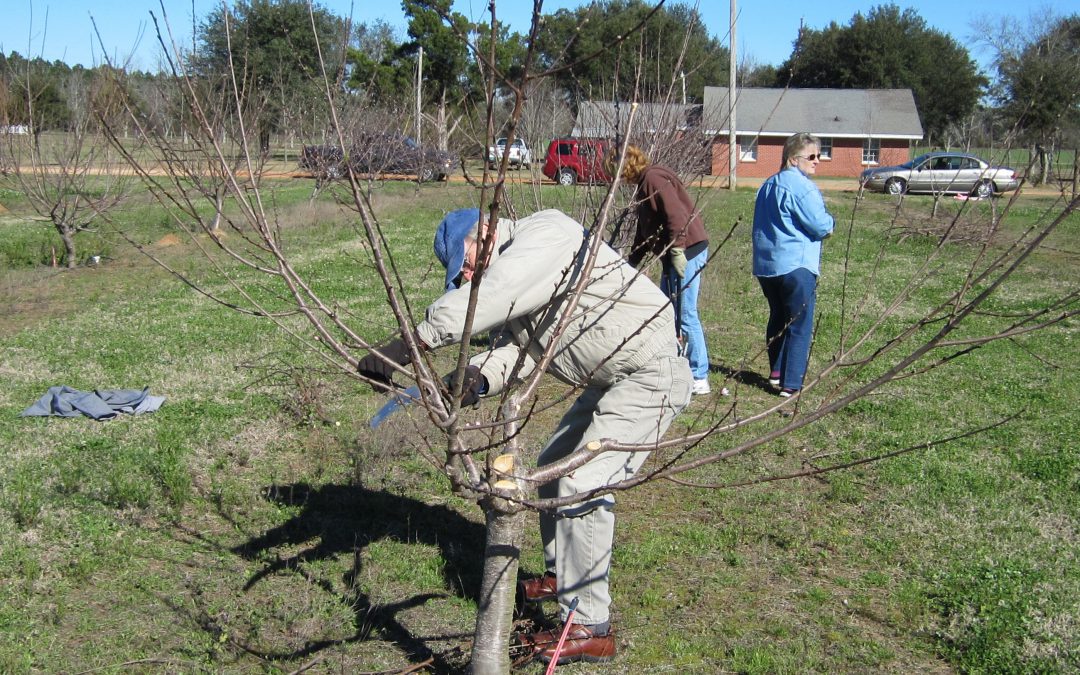
by Blake Thaxton | Feb 4, 2014
February is not a month many think of as a big gardening month, although the preparation and maintenance practices performed in February can be critical to the success of an orchard for the rest of the year. Stone Fruit (Peaches, Nectarines) in particular need special care in the dormant season. During the dormant season pruning must be done to develop the best shape for the stone fruit species to bear fruit. Also, because of the disease pressures associated with stone fruit in Northwest Florida, some chemical sprays need to be added to the agenda in order to control disease and insect pests.
Pruning
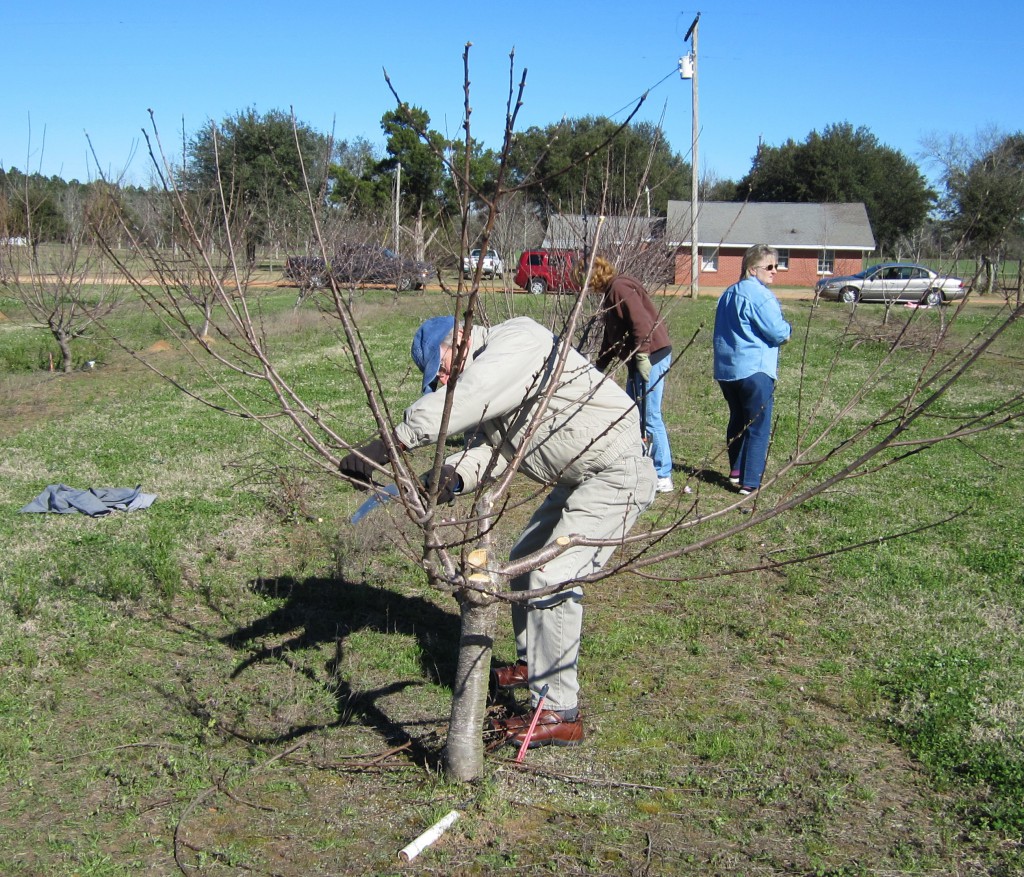
Santa Rosa County Master Gardener Pruning a Stone Fruit tree at the WFREC
Peaches and Nectarines should be pruned to an open center or vase shape. This will allow a well distributed fruit set to develop and will keep the crop load at a controlled amount that can produce quality fruit. During the first year of dormancy a main scaffold (3 or 4) should be chosen to form the open vase shape structure that is desired. The desired scaffolds should be 6 inches apart vertically and sit at a 45° angle from the trunk of the tree. At the second year of dormant pruning, two to three secondary branches should be selected off of each scaffold branch. Remove all of the other secondaries off of the scaffolds and prune back the selected secondaries to 20-36 inches. The following video by the North Carolina Extension Service will give a good idea how Peaches and Plums need to be pruned.
For more information on pruning: Training and Pruning Florida Peaches, Nectarines, and Plums
Dormant Spray
This time of year trees are dormant, so action is critical to stay ahead of disease and insect pests. Peaches and Nectarines need to be sprayed with several products in order to help guard against Scale insects and Mites, Bacterial Spot, and Leaf Curl. Dormant or horticultural oils need to be applied twice 10-14 days apart for Scale and Mites. Oil efficacy is determined by coverage, as the material suffocates pests. Oil sprays need to be performed when temperatures are between 40º and 85º F. Do not apply oil after bud break. A copper based fungicide labeled for stone fruit can be sprayed at this time of year for Bacterial Spot and a sulfur based product or Chlorothalonil need to be sprayed for leaf curl control. Do not apply copper products after blooms or leaves appear. Always follow the label when spraying products on fruit trees!
For more information on Peaches and Nectarines visit UF/IFAS Electronic Data Information Source.
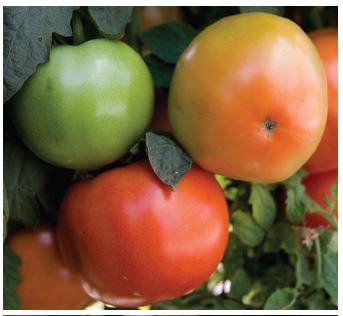
by Blake Thaxton | Dec 17, 2013

Dates: Tuesdays, January 14- February 4, 2014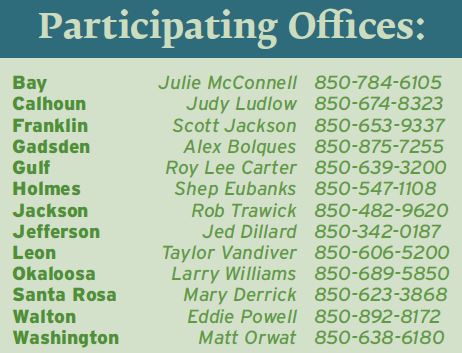
Time: 6:00PM-7:30PM (Central Time Zone)
Cost: $30 per person or $45/couple
Location: Local UF/IFAS Extension County Office

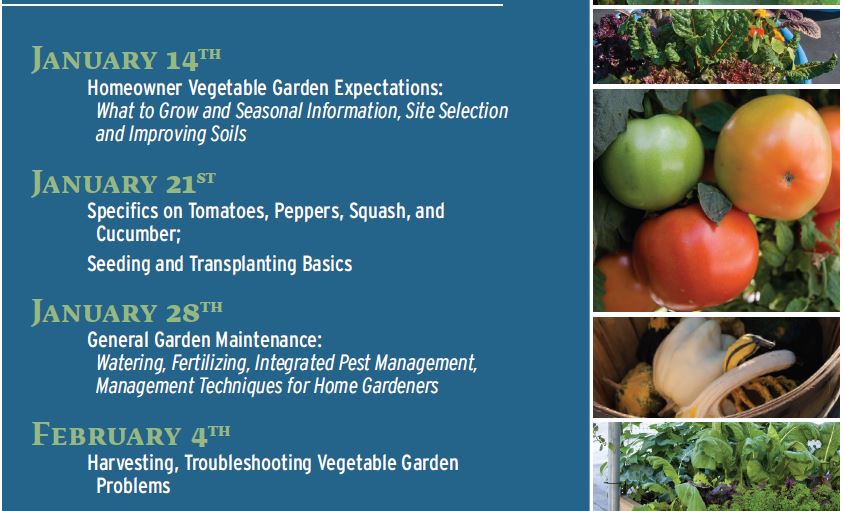
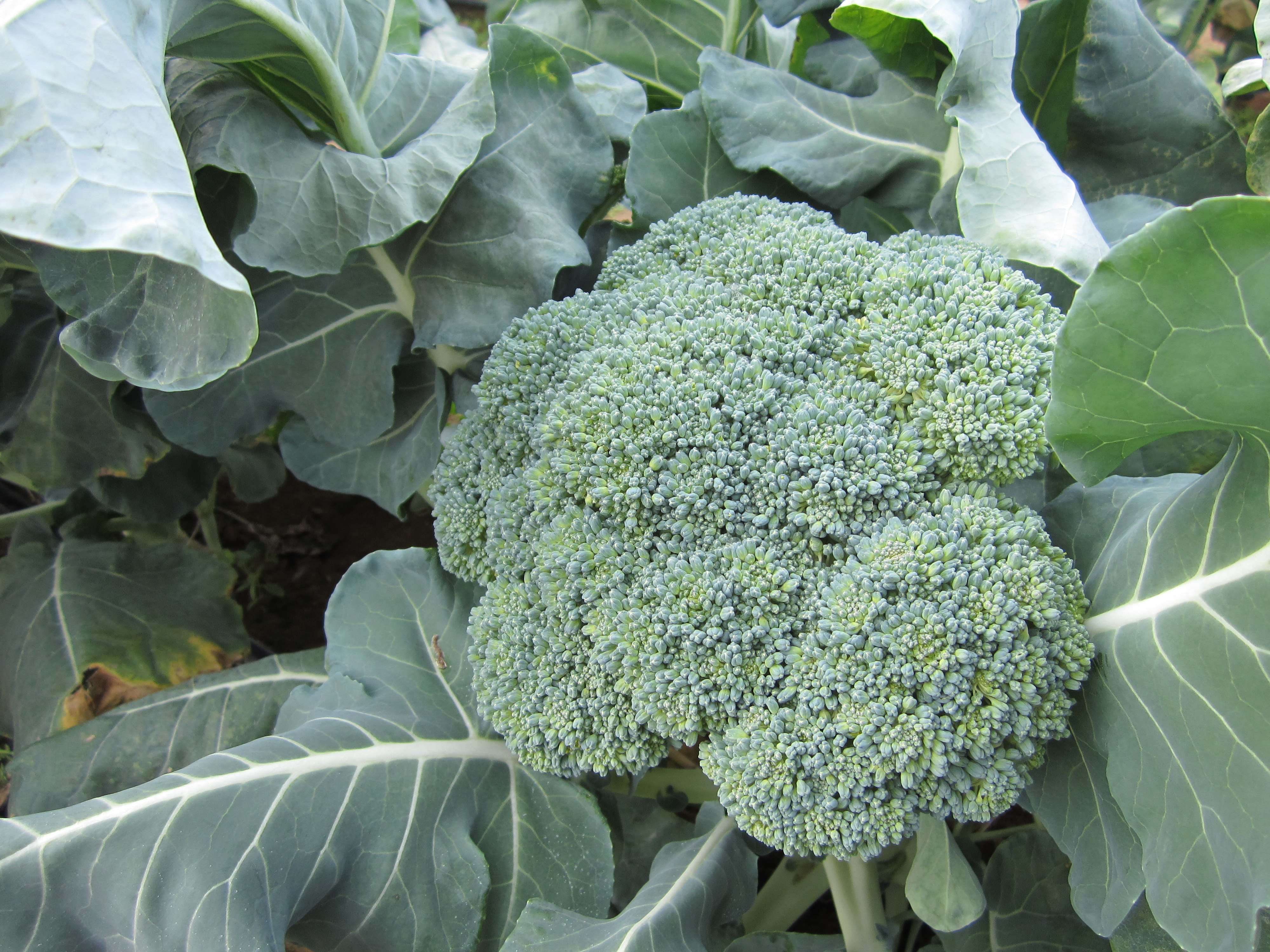
by Blake Thaxton | Dec 16, 2013
This fall, the Gulf Coast Small Farms and Alternative Enterprises Team put in a fall vegetable demonstration at UF/IFAS West Florida Research and Education Center in Jay, Florida. The demonstration had several fall crops such as spinach, swiss chard, lettuce, broccoli, cauliflower, carrots, turnips, rutabaga, kale, and collards. Several of the recommended varieties were grown so that small farmers and home gardeners could visually inspect the different varieties and see what they may want to grow next fall. The recommended varieties came from the 2012-2013 Vegetable Production Handbook of Florida and the 2013 Southeast US Vegetable Crop handbook.
So you can also experience this demonstration, below are pictures of some of the varieties being grown.
Swiss Chard
The swiss chard has done outstanding, although the low temperatures recently did produce cold damage. The swiss chard that was grown in the high tunnel structures has thrived.
 Lettuce
Lettuce
Ouredgeous (romaine), Cherokee (loose leaf), and Ithica (heading) were all grown. Below is a picture of Ithica which has done well, although slow growing up to this point. The cold caused some damage on Ithica as well.
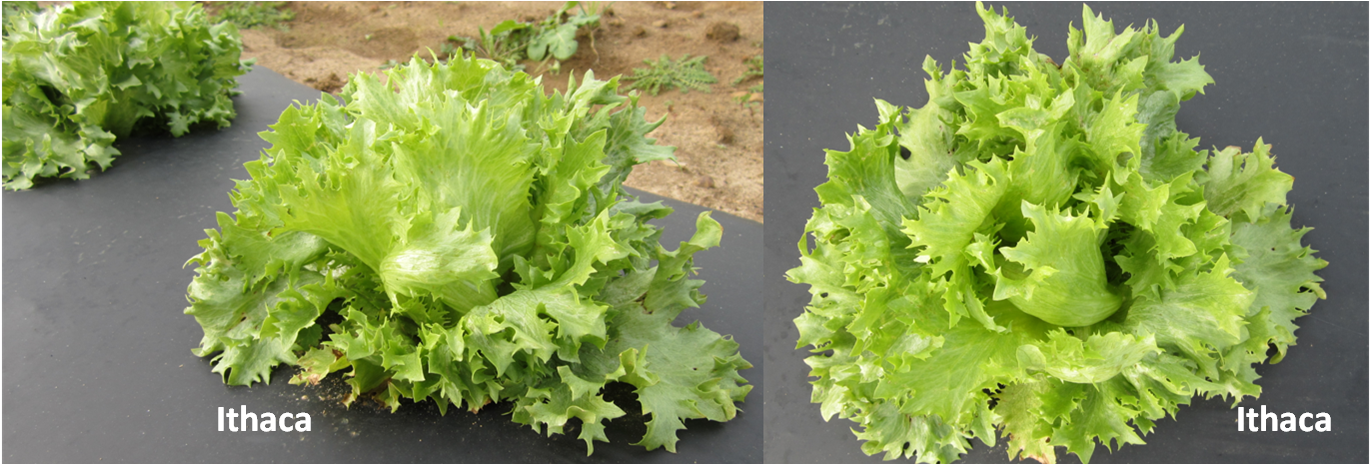 Carrots
Carrots
Suger Snax 54, Purple Haze, and Apache were the varieties grown. They have all done well but appear to have grown much slower than the literature indicates. Beautiful none the less!
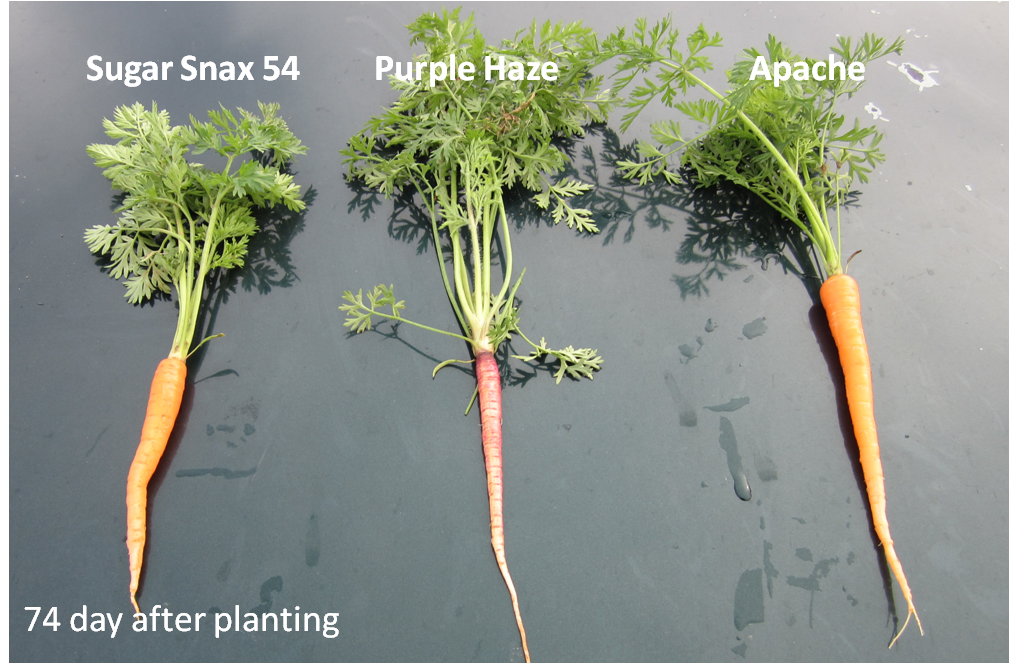
Broccoli
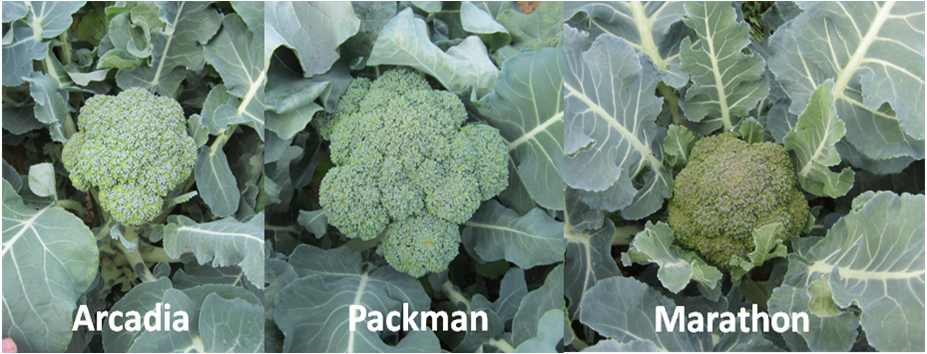
Cauliflower
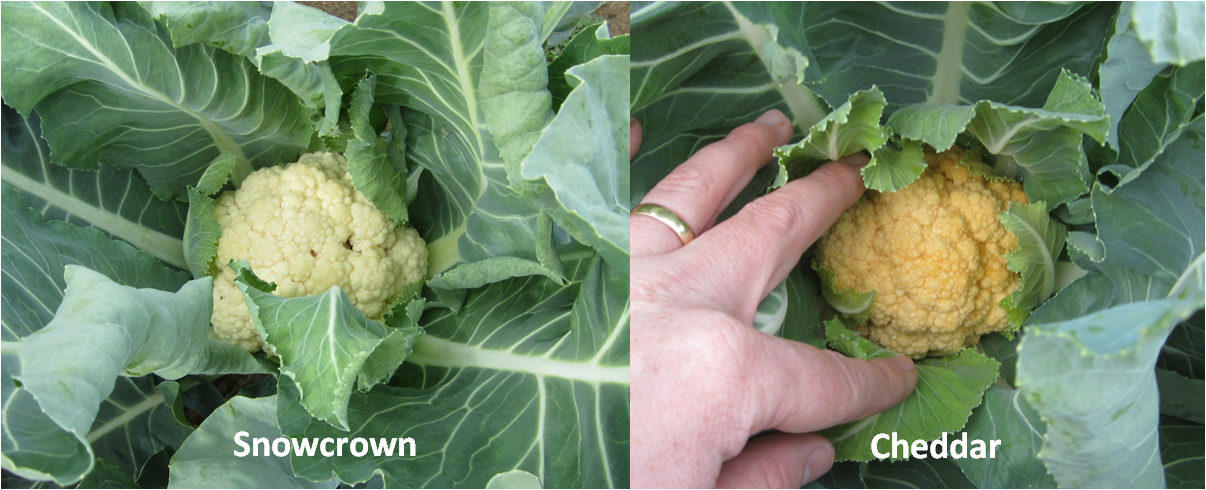 If you want to have a closer look at the varieties, call for a walk through (850)623-3868
If you want to have a closer look at the varieties, call for a walk through (850)623-3868 or email at bthaxton@ufl.edu. Their will be a field day held tomorrow Wednesday, December 18th, at this demonstration site for Master Gardeners and Small Farmers. Click here to register!
or email at bthaxton@ufl.edu. Their will be a field day held tomorrow Wednesday, December 18th, at this demonstration site for Master Gardeners and Small Farmers. Click here to register!
















